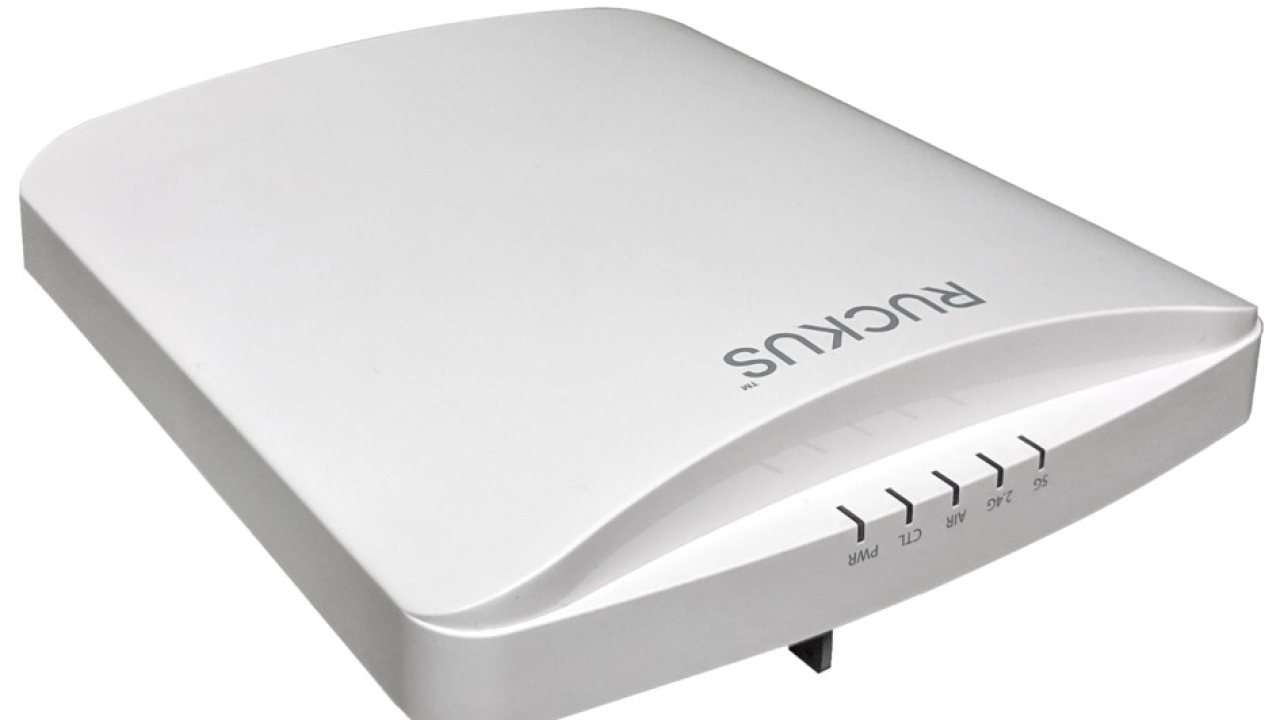Outdoor Wi-Fi Solutions: Enhancing Connectivity Beyond Walls
Posted on 14 March, 2024 by RUCKUS Networks

Outdoor Wi-Fi solutions are essential for providing seamless internet access in outdoor spaces such as parks, stadiums, campuses, and public areas. These solutions extend network coverage beyond the confines of buildings, enabling users to stay connected while enjoying outdoor environments. Let's explore the benefits, considerations, and options for outdoor Wi-Fi deployments.
Benefits of Outdoor Wi-Fi Solutions:
Enhanced Connectivity:
outdoor wifi extends internet access to areas where wired connections are not feasible, providing users with uninterrupted connectivity.
Users can access the internet for work, leisure, or communication in outdoor venues without relying on cellular data.
Improved Public Services:
Public spaces like parks, squares, and transportation hubs benefit from outdoor Wi-Fi by offering free internet access to residents and visitors.
Emergency services, public safety officials, and event organizers can utilize Wi-Fi for real-time communication and coordination.
Business Opportunities:
Outdoor Wi-Fi in commercial areas attracts customers to outdoor cafes, restaurants, and retail establishments.
Businesses can leverage Wi-Fi for digital signage, outdoor POS systems, and location-based advertising to enhance customer engagement.
Education and Campus Connectivity:
Educational institutions benefit from outdoor Wi-Fi for campus-wide coverage, enabling students and faculty to access online resources, collaborate, and study outdoors.
Outdoor classrooms, study areas, and sports facilities can all benefit from reliable Wi-Fi connectivity.
Smart City Initiatives:
Outdoor Wi-Fi is a cornerstone of smart city initiatives, supporting IoT devices, smart street lighting, traffic monitoring, and environmental sensors.
Cities can gather data for urban planning, optimize public services, and improve overall quality of life for residents.
Key Considerations for Outdoor Wi-Fi Deployments:
Weatherproofing:
Outdoor Wi-Fi equipment must be rugged and weatherproof to withstand elements such as rain, heat, cold, and dust.
Enclosures, antennas, and cables should be designed for outdoor use to ensure long-term reliability.
Coverage and Range:
Outdoor Wi-Fi access points (APs) should be strategically placed to provide optimal coverage across the outdoor area.
Consider the terrain, obstacles, and distance when planning AP placement to avoid dead zones and ensure consistent signal strength.
High-Performance Equipment:
Choose outdoor Wi-Fi equipment with high data rates and throughput to support multiple users and bandwidth-intensive applications.
Dual-band or tri-band APs offer flexibility and performance, allowing devices to connect to the best available frequency.
Security:
Security is crucial for outdoor Wi-Fi networks to protect users' data and prevent unauthorized access.
Implement encryption (such as WPA3), guest isolation, and secure authentication methods to safeguard the network.
Power and Connectivity:
Outdoor Wi-Fi APs may require Power over Ethernet (PoE) or outdoor power sources for operation.
Ensure reliable network connectivity to the main infrastructure, whether through wired connections or wireless backhaul options.
Scalability and Future-Proofing:
Plan for scalability as outdoor Wi-Fi needs may grow with increased user demand and additional applications.
Choose equipment and solutions that support the latest standards and technologies to future-proof the network.
Outdoor Wi-Fi Solutions:
Outdoor Access Points (APs):
Purpose-built outdoor APs are designed to withstand harsh environments and provide reliable coverage.
Brands like Ubiquiti, Ruckus, Cisco, and Aruba offer outdoor APs with various features and specifications.
Mesh Wi-Fi Systems:
Mesh systems extend Wi-Fi coverage outdoors by creating a network of interconnected nodes.
Mesh solutions from Eero, Netgear Orbi Outdoor, Google Nest Wi-Fi, and TP-Link Deco Outdoor are popular for outdoor deployments.
Point-to-Point (PtP) and Point-to-Multipoint (PtMP) Links:
PtP and PtMP wireless links are used for long-range connectivity between buildings or across outdoor areas.
These solutions are ideal for connecting remote buildings, surveillance cameras, or extending network coverage to remote locations.
Outdoor Enclosures and Antennas:
Enclosures protect outdoor APs and equipment from environmental factors and vandalism.
High-gain directional antennas and omnidirectional antennas can be used to improve coverage and signal strength.
Solar-Powered Wi-Fi:
Solar-powered Wi-Fi solutions offer sustainability and off-grid connectivity for remote outdoor locations.
Solar panels, battery backup systems, and energy-efficient APs provide continuous operation without relying on traditional power sources.
Use Cases for Outdoor Wi-Fi:
Parks and Recreation Areas:
Public parks, recreational facilities, and outdoor event spaces benefit from Wi-Fi for visitor information, live streaming, and public safety communications.
Outdoor Events and Festivals:
Temporary outdoor Wi-Fi setups for concerts, festivals, and sporting events provide attendees with internet access for sharing experiences and event updates.
Campgrounds and RV Parks:
Outdoor Wi-Fi in campgrounds allows campers and RV users to stay connected while enjoying nature.
Online reservations, entertainment streaming, and outdoor smart devices enhance the camping experience.
Hospitality and Resorts:
Outdoor Wi-Fi in resort areas, poolside lounges, and outdoor dining spaces enhances the guest experience and extends connectivity beyond guest rooms.
Guests can access amenities, make reservations, and share their experiences on social media.
Educational Campuses:
College campuses and schools deploy outdoor Wi-Fi for outdoor classrooms, study areas, and campus-wide coverage.
Students and faculty benefit from connectivity for lectures, research, and collaboration.
Conclusion:
Outdoor Wi-Fi solutions play a crucial role in providing seamless connectivity, enhancing public services, and enabling smart city initiatives. Whether for public spaces, commercial venues, educational campuses, or outdoor events, the right outdoor Wi-Fi deployment can significantly improve the user experience and open up new possibilities for connectivity. By considering factors such as coverage, performance, security, and scalability, organizations can select the best outdoor Wi-Fi solution to meet the diverse needs of outdoor environments. Whether deploying purpose-built outdoor APs, mesh systems, or long-range wireless links, outdoor Wi-Fi solutions empower users to stay connected, productive, and engaged while enjoying the great outdoors.
For more info. visit us:
access point health monitoring
https://girlbebrave.com/
27 November, 2019